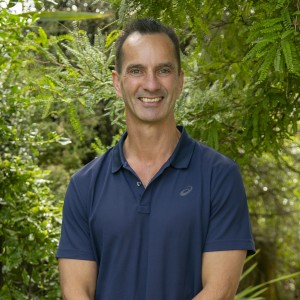Students studied some of New Zealand’s oldest and most recently introduced wildlife and wrote information reports about what they learnt. Learning to ask questions they wanted to find answers to started the process. They read text and highlighted keywords that answered their questions. They added the keywords to their writing plans.
Students learnt that animals have certain requirements to stay alive and that are suited to their habitat. Changes to a habitat can have both positive and negative impacts to their survival. This is what some students learnt.
Kiwi have long beaks with nostrils at the end of their beak. They use their beak to fight and to smell their prey on the ground and under it.
Kiwis and tuatara live in burrows.
There were no predators in New Zealand to kill our animals so life was easy for them.
Maori came and killed the moa for food and to make things like weapons and tools. Moa are extinct now.
Other people came and destroyed the animal’s habitats so they could make places to live.
Pests like possums, cats and dogs came over on boats and hurt and kill kiwi and other New Zealand wildlife.
People are trying to kill the pests using poison and traps.
Students are becoming more aware of problems around them and the part people have played in this. Thankfully, they are realising small things they can do to be part of the solution.
We need to look after our streams, oceans, rivers and lakes and the animals that live there.
Water is a Taonga. We need to drink to stay alive. We can have fun in water. It helps things grow like plants and trees which help us breathe.
To complete the learning process, Room 11 recreated the landscape surrounding our school with more trees. The streams from the area are flowing into Wairakei Stream and into the Waikato River. Students thought that they could try their best to keep these areas clean by making sure they take their rubbish home and pick up other rubbish they find.


Comments
No one has commented on this post yet.